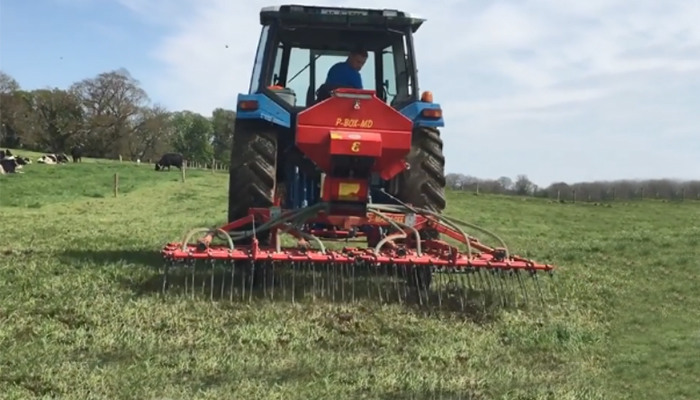17 July 2021
Managing Oversown Clover

Over-sown clover needs careful management this time of the year to ensure good establishment and persistency. Watch as Mike Egan, Teagasc researcher at Moorepark has good practical advice in this Teagasc Signpost video, on grazing and fertiliser management of over-sown clover in the grass sward
Grazing Guidelines
Swards that have been over sown, should be grazed at 800 kg DM/ha on the first grazing, and 1100 for the following three grazing rotations, with a post-grazing sward height of < 4 cm.
Avoid building high pre-grazing covers of these swards for the remainder of the year, and close later in the final grazing rotation, as this allows light to the base of the sward which is essential for the clover plant to establish and persist.
Nitrogen fertiliser Guidelines
Nitrogen fertiliser can be reduced for the first 2 applications after over—sowing to aid the clover plant become established, and then for the remainder of the year, normal fertiliser rates should be applied, as the clover plant requires nitrogen to help in plant development.
Once these swards are 12 months old, and there is adequate clover content (20-25%), nitrogen fertiliser can be reduced.
If you liked this article you might also like to read and watch Managing existing clover swards
The Teagasc Signpost Programme team regularly contributes articles to Teagasc Daily. Find out more about the Signpost Programme here
Signpost Newsletter Subscription
Subscribe to our newsletter and stay updated on what The Signpost Programme is doing to lead climate action by Irish farmers and their transition towards more sustainable farming systems

